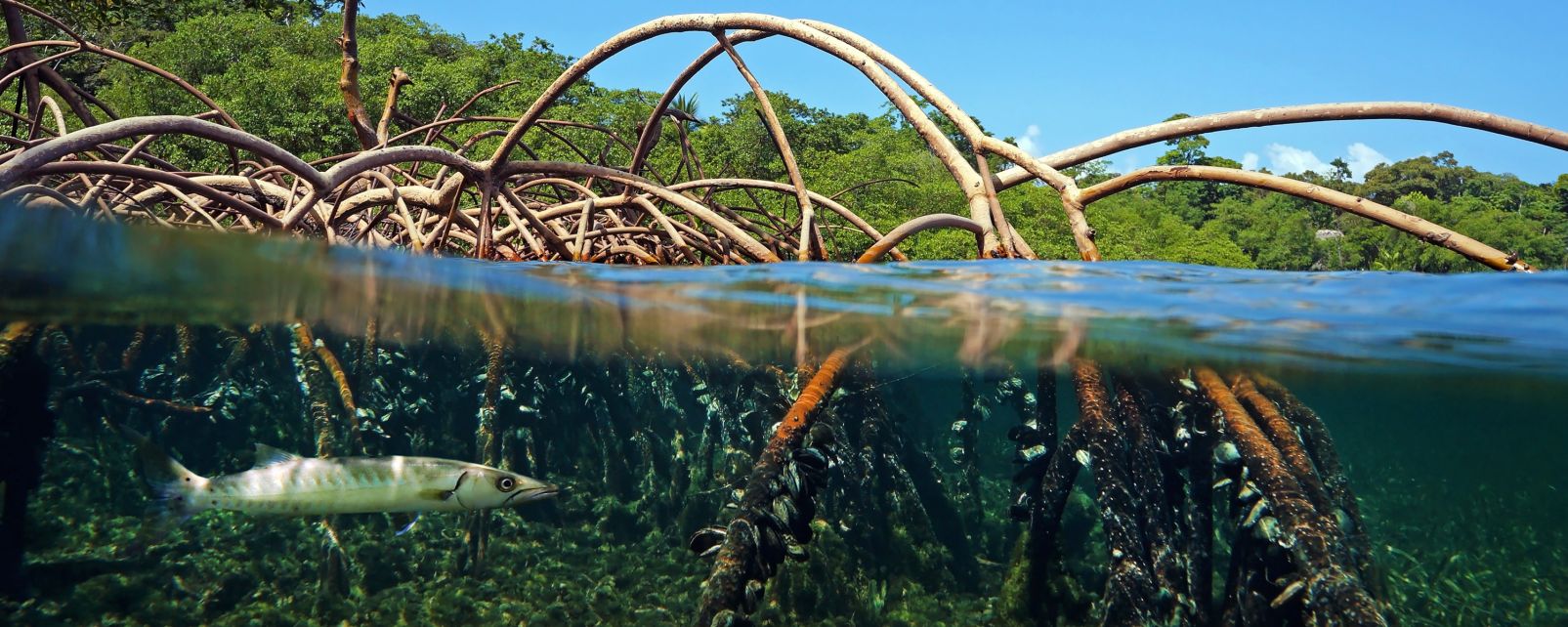


Journal of Parasitic Diseases 2020 44, 305–313
Antiplasmodial activity of Cocos nucifera leaves in Plasmodium
berghei-infected mice
Nicole M. Tayler, Rosa De Jesús, Rita Spadafora, Lorena M. Coro-nado & Carmenza Spadafora.
Abstract:
Plasmodium falciparum (P. falciparum) malaria presents serious public health problems worldwide. The parasite´s resistance to antimalarial drugs has proven to be a significant hurdle in the search for effective treatments against the disease. For this reason, the study of natural products to find new antimalarials remains a crucial step in the fight against malaria. In this study, we aimed to study the in vivo perfor-mance of the decoction of C. nucifera leaves in P. berghei-infected mice. We analyzed the effectiveness of different routes of administra-tion and the acute toxicity of the extract. Additionally, we determined the suppressive, curative and prophylactic activity of the extract. The results showed that the decoction of leaves of C. nucifera is most effective when administered intramuscularly to mice in comparison to intraperitoneal, subcutaneous and intragastric methods. We also found that organ signs of acute toxicity appear at 2000 mg/kg/day as evidenced by necropsy examination. Additionally, we found that the prophylactic effect of the extract is of 48% inhibition, however, there is no curative effect. Finally, in a 4-day suppressive assay, we found that the extract can inhibit the growth of the parasite by up to 54% at sub-toxic doses when administered intramuscularly.
PLOS ONE. 2019;14(4):e0214193. doi: 10.1371/journal.pone.0214193
Analysis of the antiparasitic and anticancer activity of the coconut palm (Cocos nucifera L. ARECACEAE) from the natural reserve of Punta Patiño, Darién.
Tayler NM, Boya CA, Herrera L, Moy J, Ng M, Pineda L, Almanza A, Rosero S, Coronado LM, Correa R , Santamaría R,
Caballero Z, Durant-Archibold AA, Tidgewell KJ, Balunas MJ, Gerwick WH, Spadafora A, Gutiérrez M, Spadafora C.
Abstract:
Cocos nucifera (C. nucifera) (the coconut palm tree) has been traditionally used to fight a number of human diseases, but only a few studies have tested its components against parasites such as those that cause malaria. In this study, C. nucifera samples were collected from a private natural reserve in Punta Patiño, Darien, Panama. The husk, leaves, pulp, and milk of C. nucifera were extracted and evaluated against the parasites that cause Chagas’ disease or American trypanosomiasis (Trypanosoma cruzi), leishmaniasis (Leishmania donovani) and malaria (Plasmodium falciparum), as well as against a line of breast cancer cells. While there was no activity in the rest of the tests, five and fifteen-minute aqueous decoctions of leaves showed antiplasmodial activity at 10% v/v concentration. Removal of some HPLC fractions resulted in loss of activity, pointing to the presence of synergy between the components of the decoction. Chemical molecules were separated and identified using an ultra-performance liquid chromatography (UPLC) approach coupled to tandem mass spectrometry (LC-MS/MS) using atmospheric pressure chemical ionization quadrupole-time of flight mass spectrometry (APCI-Q-TOF-MS) and molecular networking analysis, revealing the presence of compounds including polyphenol, flavone, sterol, fatty acid and chlorophyll families, among others.

Tel: (507) 5170700 - Fax: (507) 5070020 - EFax: (507) 5170701 | INDICASAT - AIP | Edificio 219, Ciudad del Saber | Clayton, Apartado 0843-01103 | Panamá 5 Panamá, Rep. de Panamá.
© Copyright 2014. INDICASAT AIP. Todos los derechos reservados.
INDICASAT.org.pa

Quienes somos
Síguenos